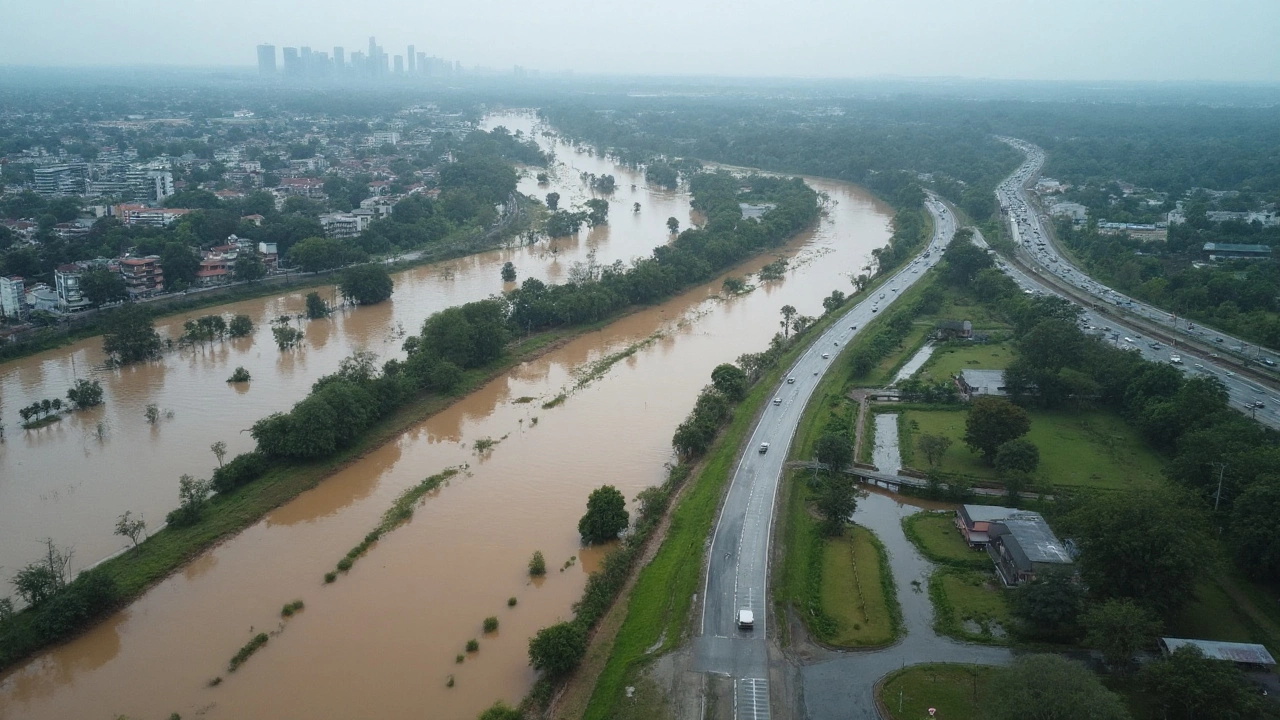National Climate Assessment: What’s New and Why It Matters
If you’ve heard talk about the National Climate Assessment (NCA) but aren’t sure what it is, you’re not alone. The NCA is a government‑backed report that pulls together the best climate science, looks at how the climate is changing across the United States, and spells out what those changes could mean for people, businesses, and the environment. Think of it as a big, trusted cheat‑sheet on climate trends that helps policymakers, planners, and everyday folks make smarter decisions.
Why the Assessment Matters to You
The numbers in the NCA aren’t just for scientists in labs. They affect your heat‑wave risk in July, the chance of flooding in your hometown, and even the price of fresh produce at the grocery store. By laying out clear, regional forecasts, the report helps cities design better storm‑water systems, farmers choose resilient crops, and insurers price risk more accurately. In short, the NCA turns complex climate data into everyday actions you can understand and use.
Key Takeaways from the Latest Report
Here are the headline points that most people care about:
1. Heat is going up everywhere. The average summer temperature is projected to rise by 2‑5 °F by mid‑century, with the Southwest feeling the biggest jump. That means more days above 90 °F, higher energy bills, and a greater need for cooling shelters.
2. Extreme rainfall will hit the East and Midwest. Heavy‑down‑pour events are expected to become 10‑30 % more common. Expect more flash floods, strained drainage, and rising insurance costs in those regions.
3. Sea level will keep climbing. Coastal cities like Miami, New York, and New Orleans face at least a half‑meter rise by 2100. The report urges communities to invest in sea walls, elevate critical infrastructure, and revise zoning rules.
4. Drought risk spreads westward. The western US will see longer dry spells, threatening water supplies for agriculture and cities alike. Water‑saving tech and smarter allocation become key strategies.
5. Ecosystems are shifting. Forests, coral reefs, and wildlife habitats will move north or uphill. This could disrupt tourism, fisheries, and the natural services we rely on, like pollination.
Each of these points comes with a set of recommendations—things like expanding renewable energy, upgrading building codes, and protecting natural flood buffers. The report doesn’t just warn; it offers a roadmap for mitigation and adaptation.
So how can you use this information right now? Start by checking the regional summary for your state on the NCA website; it’s a quick read and gives you the most relevant impacts. Then think about the areas in your life that might feel those changes—your home, your commute, your food. Simple steps like improving home insulation, supporting local climate resilience projects, or choosing climate‑friendly products can add up.
Finally, stay in the loop. The NCA is updated every four years, and interim updates often appear as news releases or briefings. Signing up for newsletters from your local government or reputable climate NGOs ensures you get the latest data without hunting it down yourself.
In a world where climate headlines can feel overwhelming, the National Climate Assessment cuts through the noise. It gives you clear, region‑specific facts and practical advice. Use it as a guide, share the key points with friends and neighbors, and take small actions that match the big picture. The more people understand the report, the better equipped we all are to handle the changes coming our way.

After the Trump administration shut down key federal climate websites and removed National Climate Assessment reports, scientists, librarians, and advocates launched an emergency rescue effort. Universities mirrored datasets, legal groups won early court orders on health sites, and archivists preserved millions of records. The fight now is about access, continuity, and who controls public science.
Continue Reading





